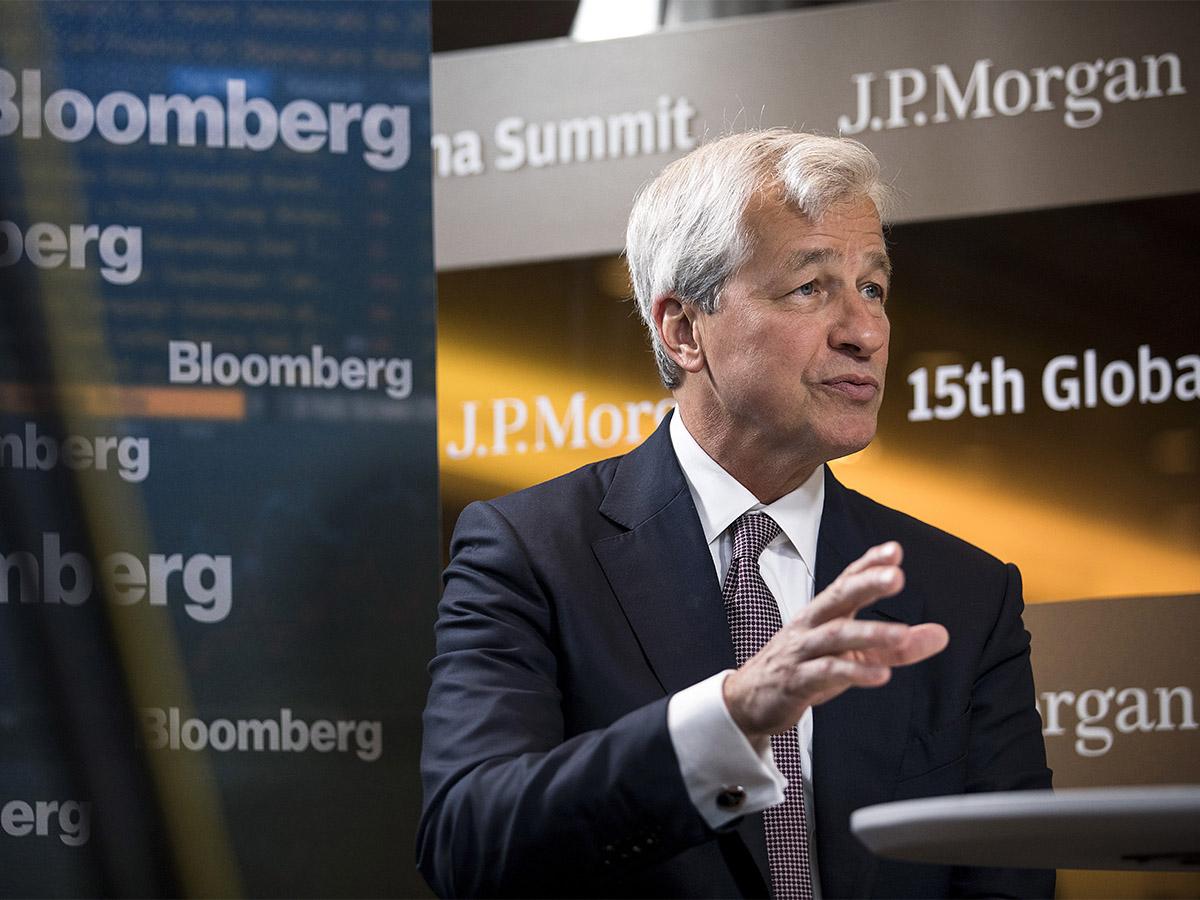Earlier this month, the Financial Select Sector SPDR exchange-traded fund [XLF] hit a 52-week high of $30.03 a share, up by 36% from its 52-week low of $22.05 in late December 2018.
The ETF, which is comprised of major US financial stocks, was buoyed by more positive news about progress in the US-China trade talks and better-than-expected US economic data. Interestingly, the Federal Reserve’s interest rate cuts this year, which typically weigh on banks’ net interest margins, do not appear to have affected the fund’s performance.
But the XLF’s gains haven’t just been a recent phenomenon; it has been outperforming the S&P 500 since August, up by 11.8%, compared with the latter’s gains of 7.5% over the last three months.
There have, however, been some concerns that bank stocks have become overvalued as well as questions about why the Fed’s rate cuts have not squeezed banks’ margins or put pressure on their share prices.
“What’s fascinating about where we are right now [is] the breakout of banks,” Tim Seymour, founder and chief investment officer at Seymour Asset Management, told CNBC in late October. He suggests that looking at financials, these stocks are getting back to being above the long-term moving average. This gives “some sense of some confidence in the move, although we’ve been here before”, Seymour says.
Anil Agarwal, head of Asia financial research at Morgan Stanley, is also pleased with how banks’ margins are holding up: “With most of the big guys, we have a punchy overweight [on financials].”
Agarwal says that unlike other sectors, valuations are still at long-term averages. “In a low-rate environment, generally for banks with high current and savings account ratios, margins should trend down. But margins are relatively holding up, which is a great thing.”
“In a low-rate environment, generally for banks with high current and savings account ratios, margins should trend down. But margins are relatively holding up, which is a great thing” - Head of Asia financial research at Morgan Stanley Anil Agarwal
Leading the pack
JP Morgan’s [JPM] share price jumped from $95.95 at the start of this year to $130.62 by the close of trading on 18 November – it has a market cap of around $409bn. Last month, it reported third-quarter consumer and banking net income of $4.27bn, up by $187m from a year earlier.
“JP Morgan — that particular chart to us has been making a nice series of higher highs and higher lows,” Craig Johnson, chief market technician at Piper Jaffray, told CNBC in August. “We’re getting close to coming back to those old highs. I think any sort of top-side breakout above those old highs is going to be a very nice move, and a very bullish sign for the overall financial sector.”
Quint Tatro, president of Joule Financial, also likes JP Morgan. “The best of breed is JP Morgan, and then for a little extra juice, you can look at Bank of America,” he said to CNBC. “Both are not trading awfully low from historical valuations, but we’re looking for both of these names to go back to sort of valuation heydays, if you will, in the 2005, 2006 time periods.”
Bank of America [BAC] – the share price of which is up from $24 at the start of the year to $32.96 as of 18 November – trades at 1.2 times its book value, while JP Morgan trades at 1.6 times. Tatro said they could both trade closer to two times their book values, putting JP Morgan at $147 a share and Bank of America at $47.50.
James Shanahan, Edward Jones analyst, notes that Bank of America’s multi-million-dollar share buybacks and tech investment could be catalysts for improving its earnings and growing market share. “Within a couple of years, Bank of America should reach a level of profitability similar to [JP Morgan],” he said.
Bank of America has also been focussing on improving customer service, refurbishing branches and more digital capabilities, according to The Motley Fool. This helped the bank’s commercial loans rise by 7% in the third quarter, with deposits up by 3%.
The bank is also considering social issues, including fair pay, for instance. “Social responsibility is growing in importance and it’s a good way for the bank to separate itself from its peers,” David Jagielski writes in The Motley Fool.
Proceeding with caution
However, Jagielski is more cautious about Citigroup [C], whose third-quarter earnings only just beat forecasts – despite revenues of $18.6bn -, buoyed by a strong consumer segment that could “lose its punch” in the event of an economic downturn.
“Year-to-date, Citigroup stock has appreciated by more than 40% on its way to a new 52-week high,” Jagielski considers. “Although the bank stock is trading at only 10 times trailing 12-month earnings and could be seen as a good value buy, it's also approaching its five-year high of more than $80 a share. It may prove a challenge for Citigroup to continue to grow in value, especially with economic conditions a bit uncertain at present.”
Citigroup itself is optimistic, though, seeing consumers as “in very good shape”.
Analysis platform Trefis has a price estimate of $82 for Citigroup stock, which is up by over 39% so far this year and closed at $74.36 on 20 November. Trefis expects Citigroup’s 2019 total revenues to be $73.9bn, up by 1% from 2018. A net income margin of 23.6% would beat the 22.9% achieved in 2018, Trefis added.
But not everyone thinks financials are such a sure bet.
“Americans are not saving, so the net interest income pathway will not boost Bank of America stock. But they’re also not starting businesses and buying real estate like they used to. Therefore, non-interest income is also a fading avenue,” Josh Enomoto writes in InvestorPlace.
“Americans are not saving, so the net interest income pathway will not boost Bank of America stock. But they’re also not starting businesses and buying real estate like they used to. Therefore, non-interest income is also a fading avenue” - Investor Place Josh Enomoto
Furthermore, before the XLF fund started outperforming the S&P 500 a few months ago, financials had been among the worst-performing sectors this year, according to Bloomberg. Moreover, while the XLF has shown strong performance year-to-date, investors might also take note of the likes of the Technology Select Sector SPDR exchange-traded fund [XLK] that, tracking an index of S&P 500 technology stocks, is up by over 39.8% so far this year.
Disclaimer Past performance is not a reliable indicator of future results.
CMC Markets is an execution-only service provider. The material (whether or not it states any opinions) is for general information purposes only, and does not take into account your personal circumstances or objectives. Nothing in this material is (or should be considered to be) financial, investment or other advice on which reliance should be placed. No opinion given in the material constitutes a recommendation by CMC Markets or the author that any particular investment, security, transaction or investment strategy is suitable for any specific person.
The material has not been prepared in accordance with legal requirements designed to promote the independence of investment research. Although we are not specifically prevented from dealing before providing this material, we do not seek to take advantage of the material prior to its dissemination.
CMC Markets does not endorse or offer opinion on the trading strategies used by the author. Their trading strategies do not guarantee any return and CMC Markets shall not be held responsible for any loss that you may incur, either directly or indirectly, arising from any investment based on any information contained herein.
*Tax treatment depends on individual circumstances and can change or may differ in a jurisdiction other than the UK.
Continue reading for FREE
- Includes free newsletter updates, unsubscribe anytime. Privacy policy





